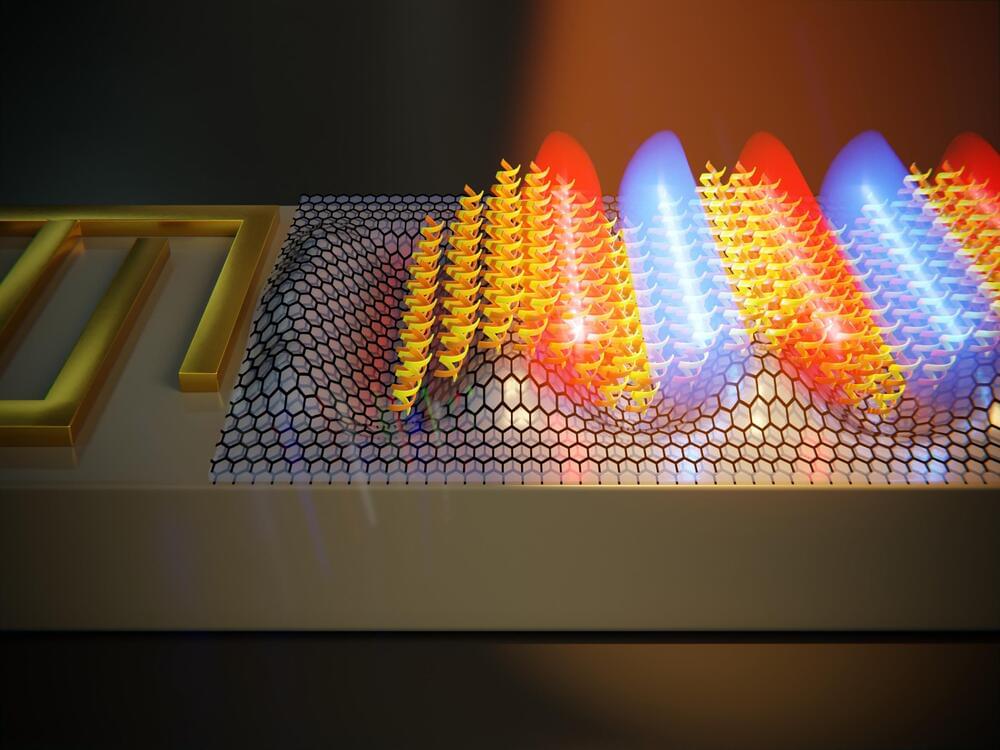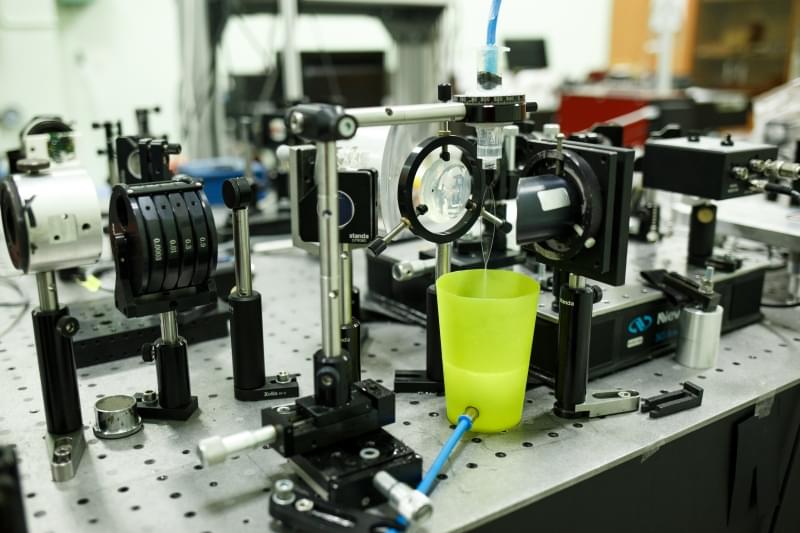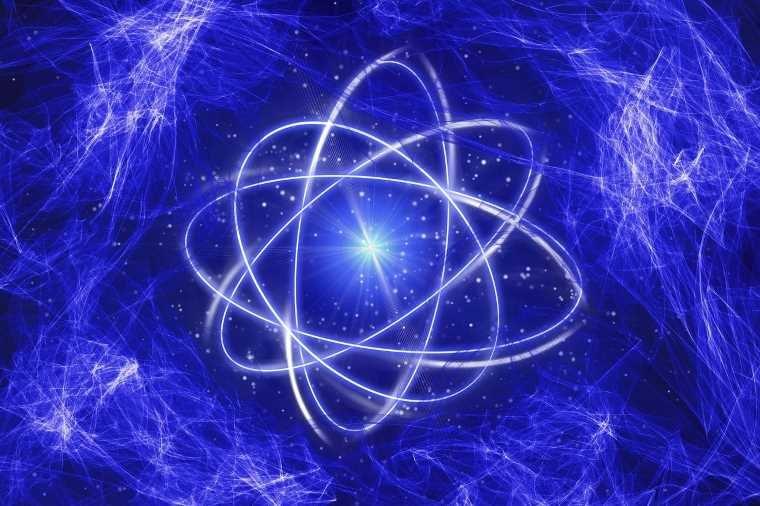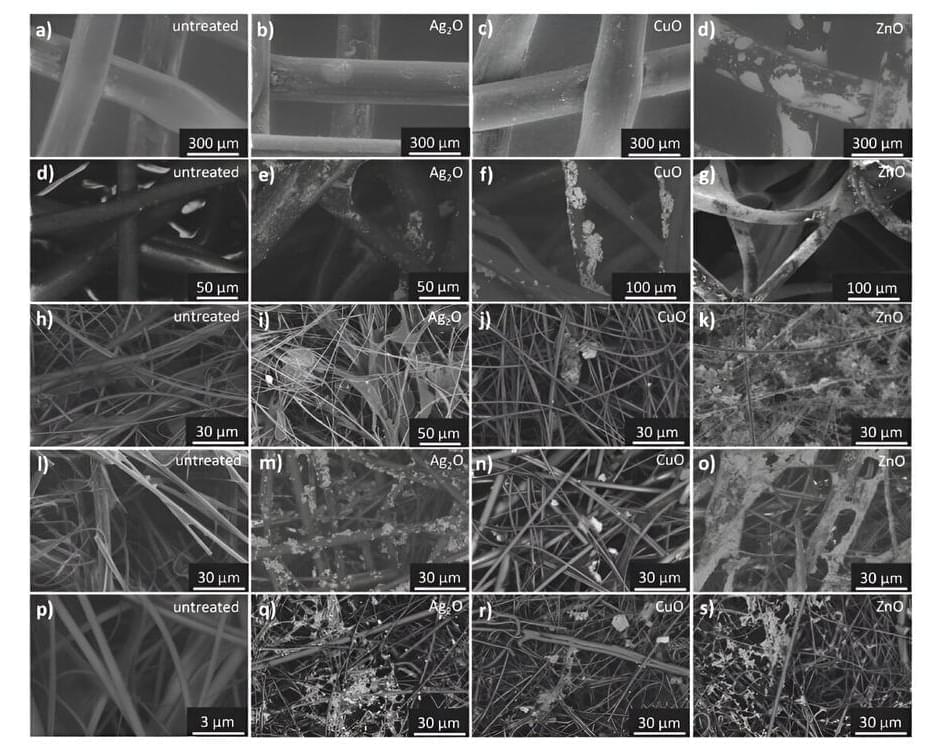A team of researchers from the Institute for Optoelectronic Systems and Microtechnology at Universidad Politécnica de Madrid (UPM) has designed a biosensor capable of identifying proteins and peptides in quantities as low as a single monolayer. For that, a surface acoustic wave (SAW), a kind of electrically controlled nano earthquake on a chip, is generated with an integrated transducer to act on a stack of 2D materials coated with the biomolecules to be detected.
As they report in the journal Biosensors and Bioelectronics in an article titled “Surface–acoustic-wave-driven graphene plasmonic sensor for fingerprinting ultrathin biolayers down to the monolayer limit,” the SAW would ripple the surface of a graphene-based stack in such a way that it confines mid–infrared light to very small volumes, enhancing light-matter interactions at the nanoscale.
In particular, quasiparticles that are part light (photons) and part matter (electrons and lattice vibrations), called surface plasmon-phonon polaritons, are formed at the rippled stack interplaying strongly with the molecules atop.









